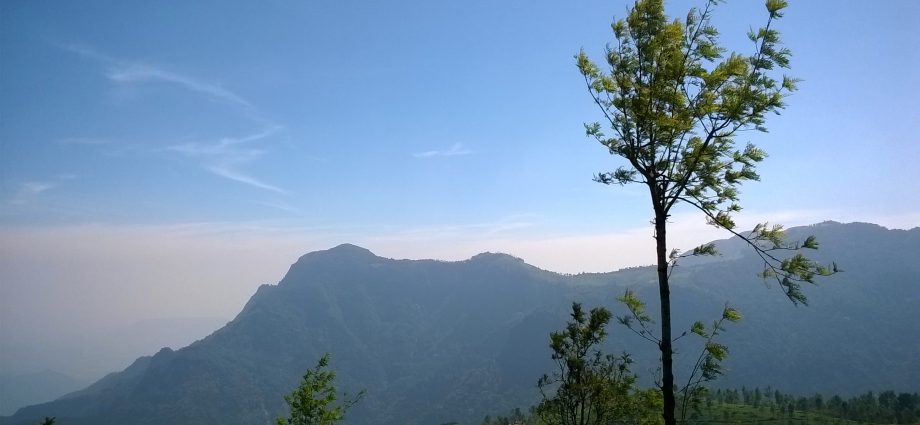(How Nilgiris got its name has many speculations- from the bluish Kurinji flower, from the Blue-gum trees and so on, But the sources of the name according to legends is more fascinating)
Abbe Dubois, the French writer who travelled in southern India in 1792-1823 says in his book, ‘Hindu Manners, Customs and Ceremonies’, “There is one of these holy mountains in the Carnatic, in the district of Coimbatore. It is called Nilagiri-malai and is believed to be the highest in the province. For this reason alone the Hindus have made it a punyasthala or place of virtue. As it is very difficult to reach the top of this mountain, a view of the summit alone (and it is visible a long way of) is considered sufficient to remove the burden of sin from the conscience of any person who looks at it, provided he looks at it with that intension”.
When John Sullivan ventured to explore the Nilgiris in 1819 labourers from his district (Coimbatore) refused to join the expedition declaring the mountains to be the domain of the gods and preferring not to dare a journey beyond the ‘mists’.
According to a ‘well informed Koimbatoori’, ‘The Orientalist containing a series of tales, legends and historical romances’ published in 1842 had this to say about the origin of the name.
The name is derived from the Moon, says the legend current among the Hindoos of Koimbatoor. God Ram was in pursuit of his enemy Ravana, who it is well known had forcibly carried off the divine Goddess Sita. Ram sped through the vaulted heavens, having his sword drawn, ready to deal the death blow of revenge to Ravana. In the forgetfulness of this direful wrath, by a careless wave of his mighty weapon , he struck the moon with the point thereof and severed from the face a chain of verdant mountains which fell to the earth in the province of Koimbatoor and united the Eastern ghats and the Western ghats.
Hence came the name Chandragiri (Mountain of the Moon).
A name which was subsequently changed by Ram to Neilgherry (Blue Mountains) because he could not endure to be reminded of his careless mischance.
For the doubtful, the well informed Koimbatoree said, “Let him look upon the moon when three or four days old and he will see upon her unequal disk, the very spot from which the Neilgherries were cut off”.
Nilgiri Documentation Centre

